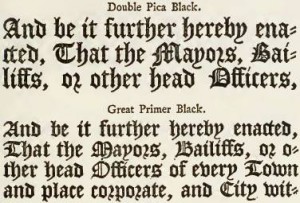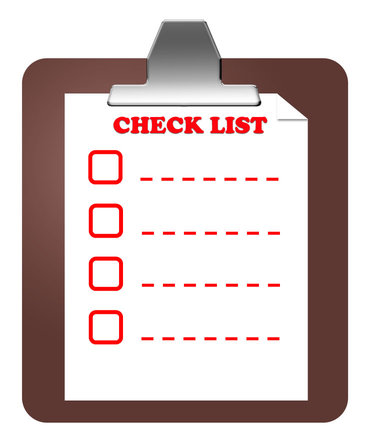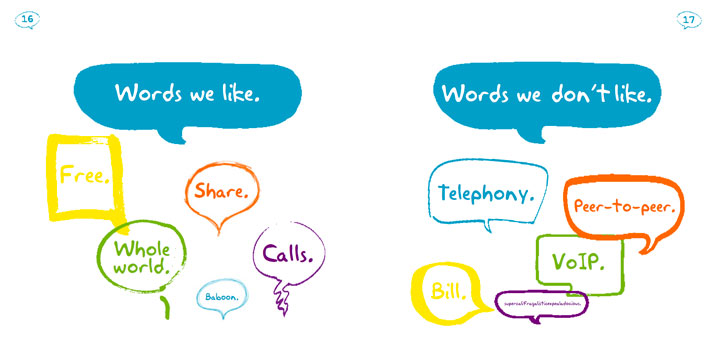Well, the big event that the SEO community has been talking about for weeks has finally hit and everything is… mostly the same, unless you run sites known for spammy practices like porn or gambling. Two days ago, Google started rolling out Penguin 2.0. By Matt Cutts’ estimate, 2.3 percent of English-U.S. queries were affected.
While 2.3 percent of searches doesn’t sound like a lot, in all actuality that is thousands of websites being hit with penalties and sudden drops in the rankings, but if you’ve been keeping up with Google’s best practices, chances are you are safe.
None-the-less, in SEO it is always best to stay informed on these types of updates, and Penguin 2.0 does change the Google handles search a bit. To fill in everyone on all the details, Search Engine Journal’s John Rampton and Murray Newlands made a YouTube video covering everything you could want to know about Penguin 2.0.
Oh, and if you’ve been wanting to know why it’s called Penguin 2.0, Cutts says, “This is the fourth Penguin-related launch Google has done, but because this is an updated algorithm (not just a data refresh).”









